As I mentioned last week, I don’t work with a  real “plan.” Maybe that’s good, maybe not. I have a vision or idea, and start working with stops and starts along the way. The following description is an insight to my creative process.
real “plan.” Maybe that’s good, maybe not. I have a vision or idea, and start working with stops and starts along the way. The following description is an insight to my creative process.
Over the past week, I attached the hexis to my background fabric and created an applique element that will go on top (you’ll see that next week). When I auditioned the applique on the hexis, it looked flat. There was no pop or interest and the applique didn’t stand out.
So, I auditioned some fabrics that I could lay in the center of the hexagons to give it a dimensional appearance. I found a loosely woven material in my stash, laid it on top of the design and stitched around each hexi shape. Then, I cut away the excess material. Tedious.
While I was stitching I noticed the there was a little pocket between the two layers of fabrics. I didn’t like that. I thought, I “should have!!” put Mystifuse on the back of the woven fabric. Then after stitching, I could iron it to adhere it in place. The problem … I didn’t use Mystifuse. Grumbling to myself, I kept on going.
As I continued to work, I thought about … “matte mediums.” I think of mediums as akin to Mod Podge but of higher quality. Mediums are acrylic liquids that can be used by artists to adhere collage material or used to thin acrylic paints. The word matte means there’s no sheen. If you wanted a shine, you would use a gloss medium.
Once the woven cloth was stitched in place and the excess removed, I then “painted” it with matte medium. This not only adheres the 2 layers of cloth, but also stops the woven cloth from unraveling. I succeeded with my vision and I’m ready for the next steps.
Although some people map out their plan, I like the challenge of not knowing. The vision drives me. Most of the time I can work around the obstacles. Usually what saves me is my arsenal of ideas. Mediums are not something quilters usually keep on hand, but other artists do. Because I have exposed myself to many different art techniques, my “toolbox of ideas” is full. And, my stash of supplies is diverse. Classes are a great way to learn new things.
I encourage you to take classes and experiment. Don’t be disheartened if you take a class and find you’re not good at it. You will likely always learn something new when you take a class. Understanding what you like and don’t like is part of the learning process. The more you learn, the more options you have. The bigger the tool box, the less likely you’ll ever truly feel stuck when creating.

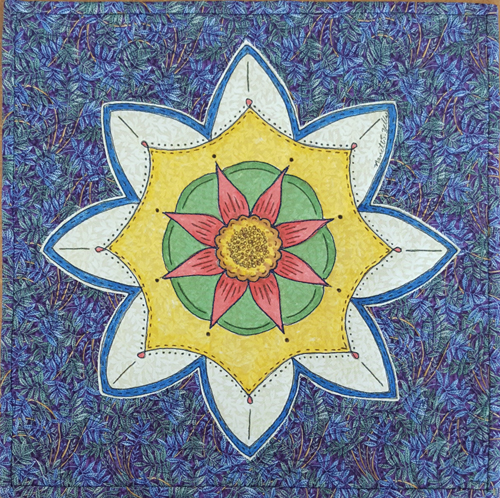

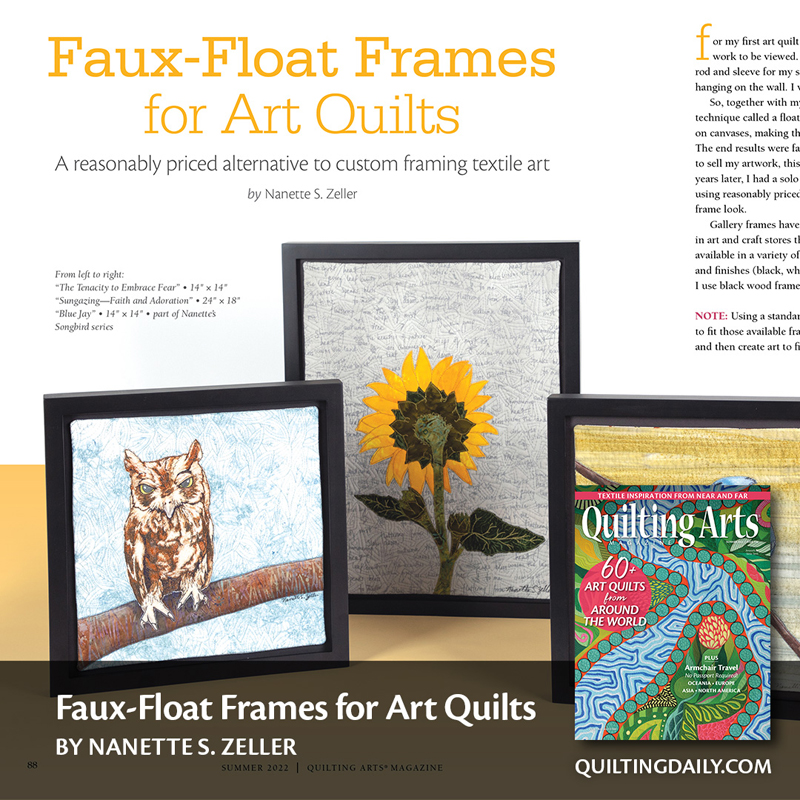
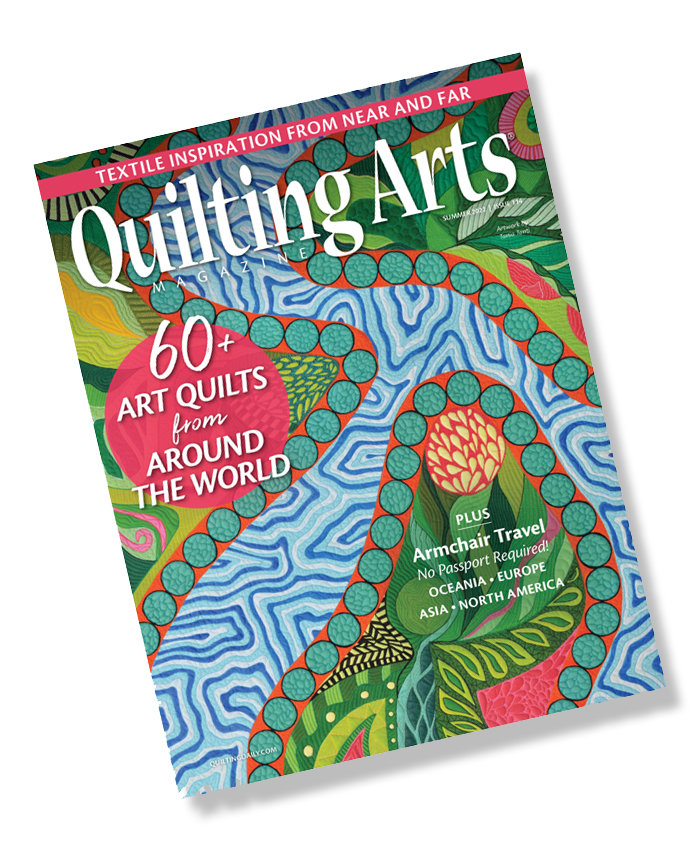
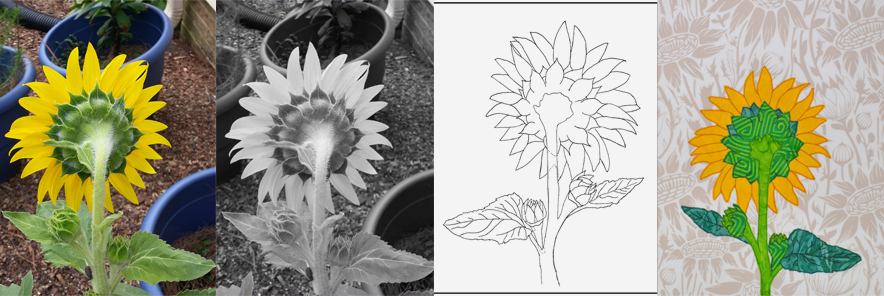
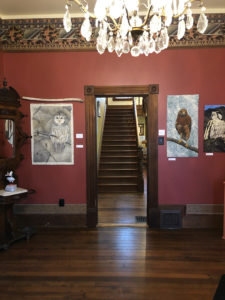
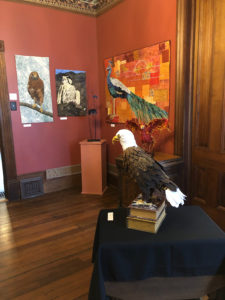
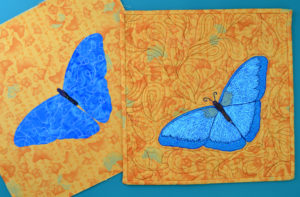
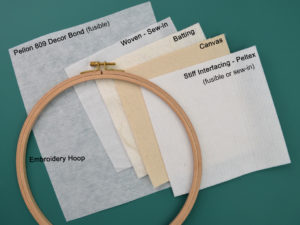
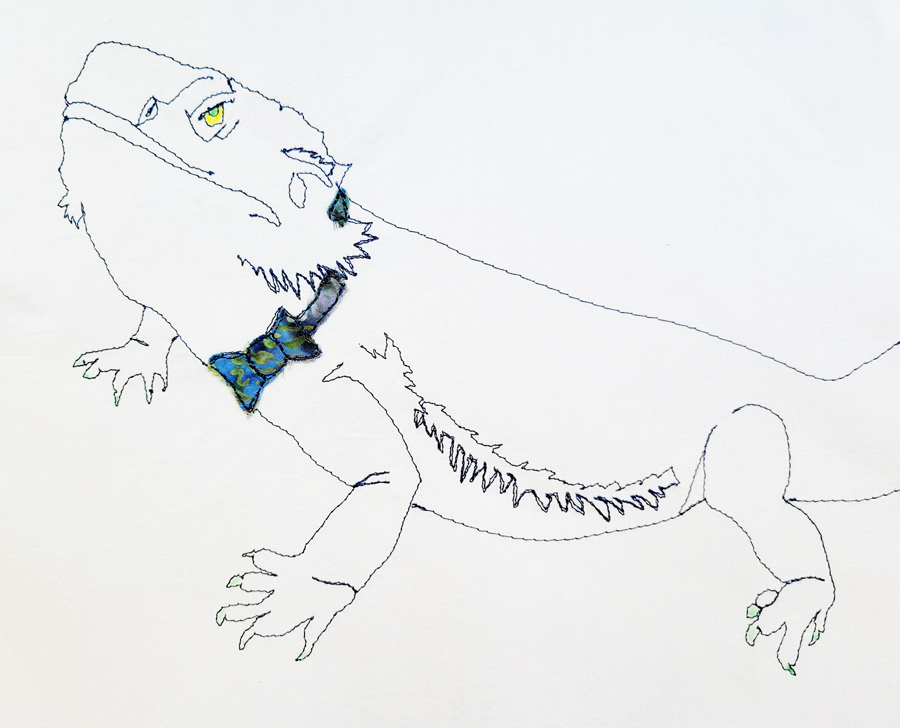 My life has been on overload this month. I can’t complain about any of it, but with the past 18 months of not much going on, this month is making me feel tired. Good news is October starts on Friday and I’ll be able to look at September in the rear view mirror and an emptier calendar.
My life has been on overload this month. I can’t complain about any of it, but with the past 18 months of not much going on, this month is making me feel tired. Good news is October starts on Friday and I’ll be able to look at September in the rear view mirror and an emptier calendar.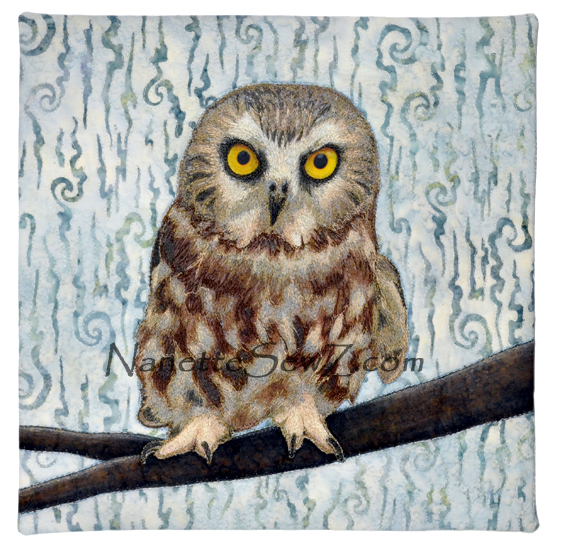 I have a confession. I sometimes wonder if I’m “cheating” when I make my art. In last week’s post, I shared progress on my
I have a confession. I sometimes wonder if I’m “cheating” when I make my art. In last week’s post, I shared progress on my 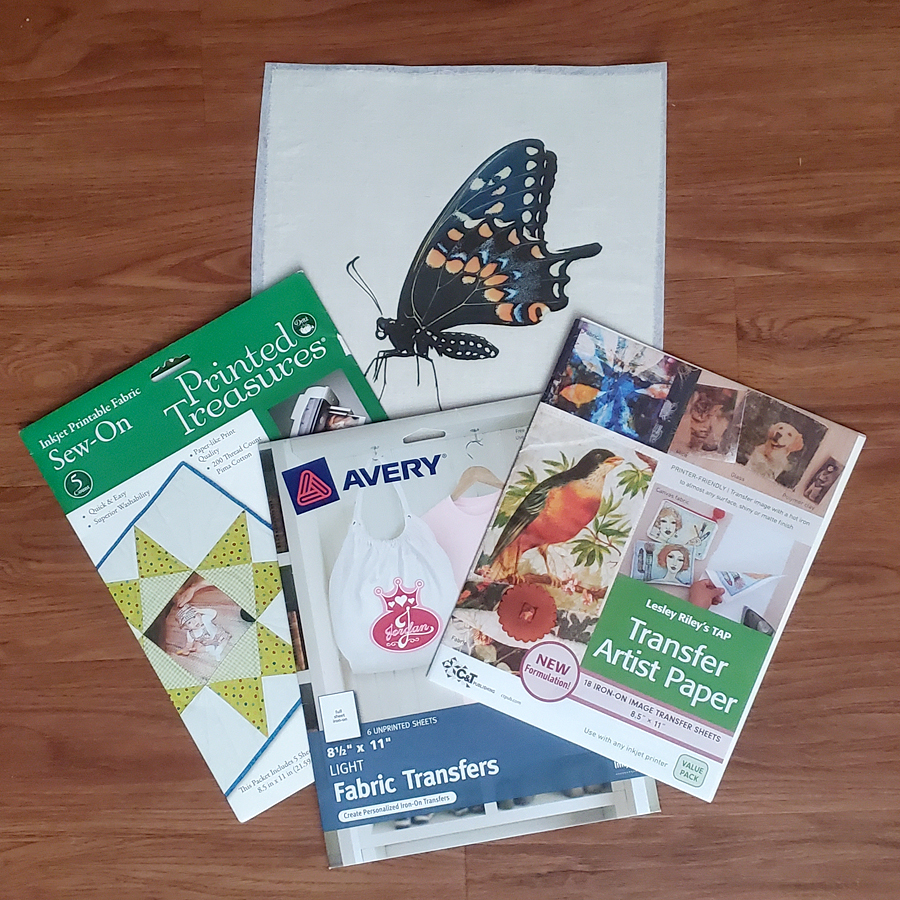 I also ask myself that … this is all my creative work, so how is it cheating? I guess I’m remembering school day discussions of what is and isn’t art.
I also ask myself that … this is all my creative work, so how is it cheating? I guess I’m remembering school day discussions of what is and isn’t art.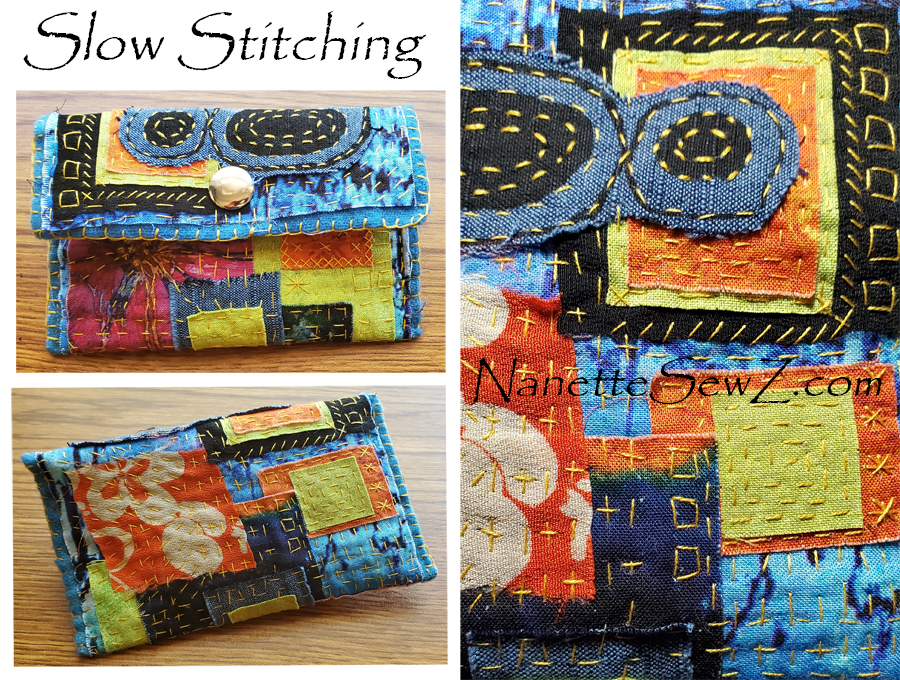 I’m enrolled in a class that studies archetypes in our creative lives. Archetypes are a way of viewing people (yourself) based on personality or character traits. For example, maybe you have nurturing tendencies? (Mother/father archetypes). Or maybe you like to joke around? (clown/jester archetype) Or maybe you enjoy figuring out how things work? (Engineer archetype) [note: Caroline Myss is a great resource]
I’m enrolled in a class that studies archetypes in our creative lives. Archetypes are a way of viewing people (yourself) based on personality or character traits. For example, maybe you have nurturing tendencies? (Mother/father archetypes). Or maybe you like to joke around? (clown/jester archetype) Or maybe you enjoy figuring out how things work? (Engineer archetype) [note: Caroline Myss is a great resource]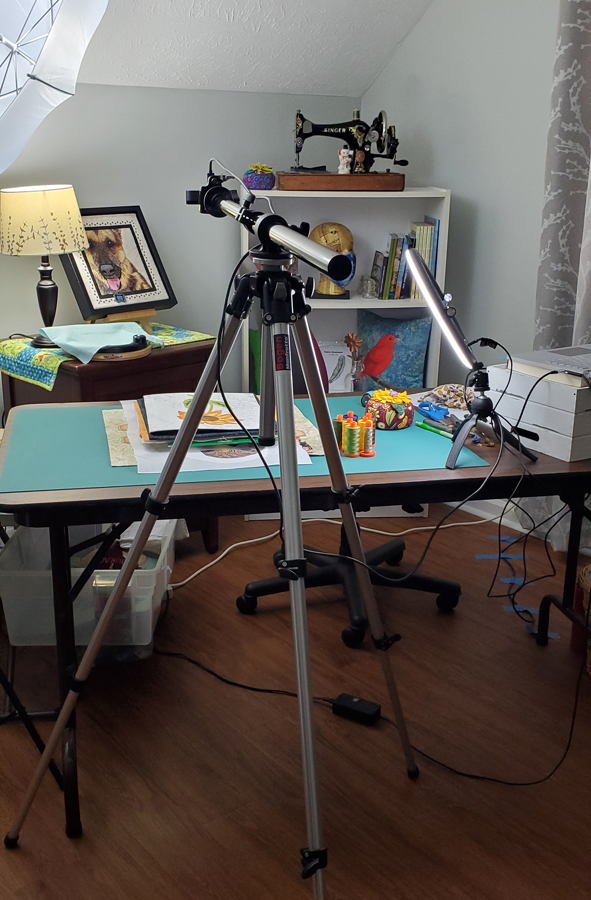 I feel comfort knowing that life is slowly creeping back to normal. The world seems to be running more like an out of tune sports car versus an old “hit ‘n miss” tractor.” We all have been affected by this past year and life will never again be like 2019. We’ve all adapted to changes. I’m kind of liking this mask idea, because I haven’t gotten sick (knock on wood) in over a year. And, I’m also embracing the Zoom technology. Yesterday, I held my very first live Zoom class.
I feel comfort knowing that life is slowly creeping back to normal. The world seems to be running more like an out of tune sports car versus an old “hit ‘n miss” tractor.” We all have been affected by this past year and life will never again be like 2019. We’ve all adapted to changes. I’m kind of liking this mask idea, because I haven’t gotten sick (knock on wood) in over a year. And, I’m also embracing the Zoom technology. Yesterday, I held my very first live Zoom class. real “plan.” Maybe that’s good, maybe not. I have a vision or idea, and start working with stops and starts along the way. The following description is an insight to my creative process.
real “plan.” Maybe that’s good, maybe not. I have a vision or idea, and start working with stops and starts along the way. The following description is an insight to my creative process.